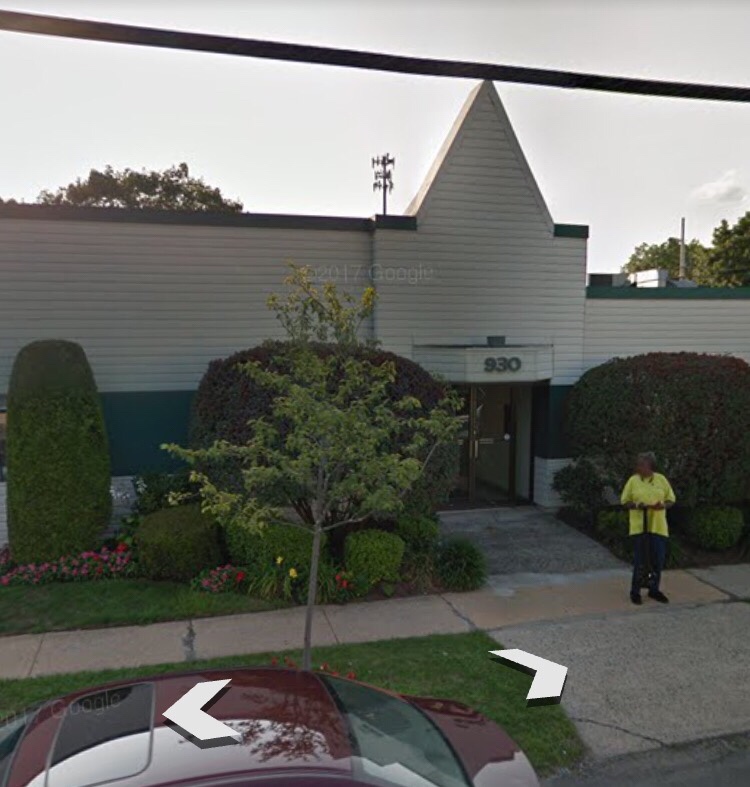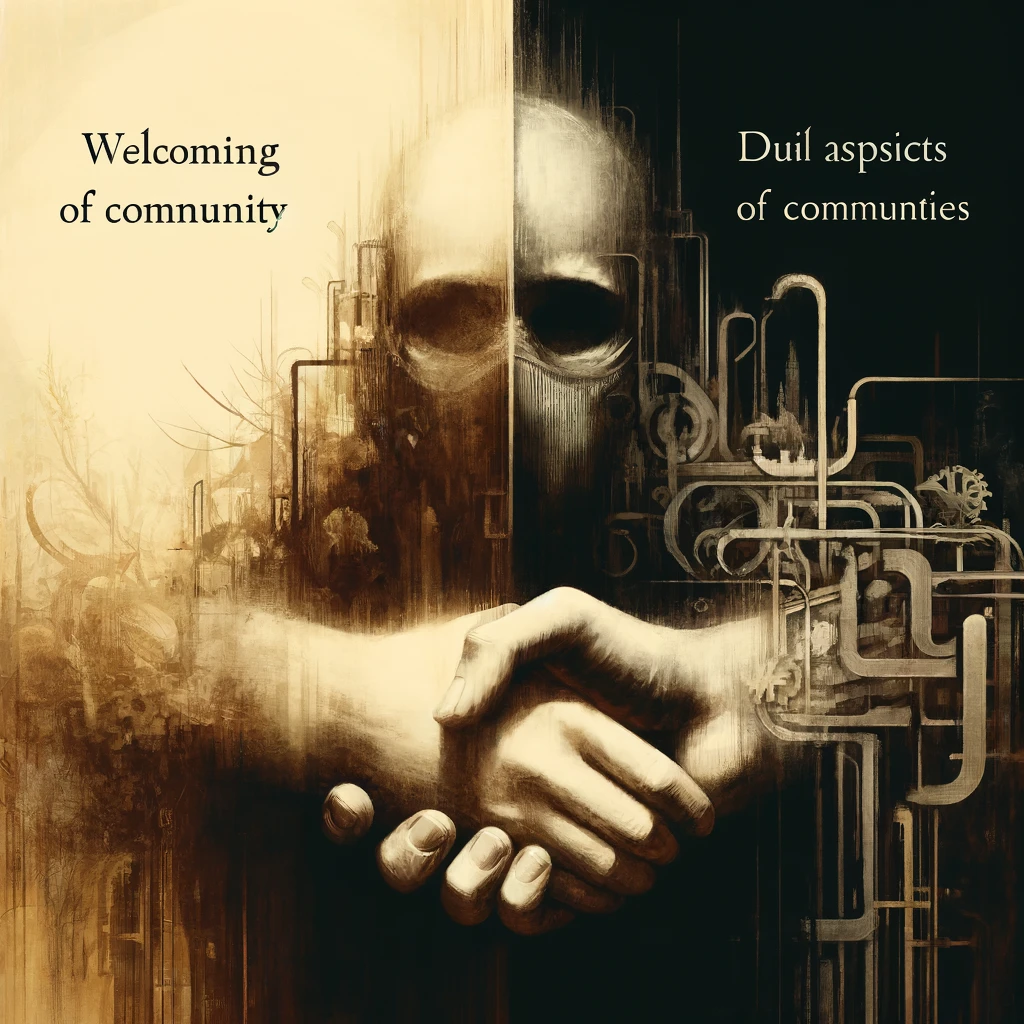Your cart is currently empty!

The Living Room Model in Practice: Inside HDSW of Westchester
The Living Room model suggests that people in crisis are going to go the Emergency Room (ER/ED) if they cannot resolve the emergent dilemmas overwhelming them in the moment. These emergent dilemmas can be anything from new or worsening symptoms to a change in life circumstance, or a chronic symptom perceived as acutely more distressing.…
The Living Room model suggests that people in crisis are going to go the Emergency Room (ER/ED) if they cannot resolve the emergent dilemmas overwhelming them in the moment. These emergent dilemmas can be anything from new or worsening symptoms to a change in life circumstance, or a chronic symptom perceived as acutely more distressing. I was invited to HDSW by Kelly Darrow, LCSW to look at and observe their “Living Room” suite and program.
Immediately, the difference in service delivery was clear, if this Living Room is to be classified as a “service”, begins with its location and proximity to HDSW’s headquarters in Mamaroneck New York. As I drove up to the Living Room I was looking for a dilapidated house “integrated” into the surrounding community. Here is where I was shaken and jarred. The Living Room is attached to HDSW’s cooperate office. As a person who has worked in mental health agencies “afraid” of their clients “showing up” at the corporate office, this was refreshing.
The Living Room model puts the client first in its client centered terminology of their consumers or guests. In traditional living rooms, or Living Rooms which are Evidence-Based or even Informed, a nursing assessment is performed to rule out medical problems from the moment the client is “triaged”. However, triage in the Living Room is less sterile, and usually, an informal nursing assessment is administered which is typically more client-centered and certainly less traumatic than a screening in an ED or ER. This non-intrusive assessment is assisted with tandem peer support, and the point of departure for any documentation or petition for involuntary treatment for in-patient admission, in the case of unfortunate circumstances and the event safety cannot be maintained or behavioral control regulated by the guest.
While people carrying mental health diagnoses deal with a catalog of problems, at the root of it, the need dealt with by community-based Living Room programs is clear: divert consumers or guests from the ER also known commonly in the field as a hospital-diversion protocol. The rationale is layered. The theory behind hospital diversion plans is that fundamentally, its cheaper to have people out of the ER when they are in psychiatric crisis and more effective in resolving the mental health emergency if the person were seen by or attended by natural supports & professional experts in their diagnosis and treatment.
The Living Room is a hospital diversion plan at its root. By observation and by sitting in the chairs & sofas at HDSW, I can without question say the delightful leather fabric in the Living Room is certainly more comfortable to me than any chair, jerry bed, or crash cart I’ve been strapped to in an Emergency Room. Inside the Living Room at HDSW there was carpeting, artwork on the walls (both produced by guests and other work from local gallery). The rooms at HDSW’s Living Room are designed by a professional staff and its layout seemed the most un-restrictive to this writer with an extensive psychiatric resume. I look forward to hearing about more about outcomes as this program continues to gain footing in the system of care.
One response to “The Living Room Model in Practice: Inside HDSW of Westchester”
-
Hi Max. I have found support and conversations at the Living Room is what Matters. Education and kindness go a long way. Confidentiality is extremely evident at our Living Room. The layout fosters calmness and a chance to relax and obtain clarity. Hope to see you soon. Many people themselves do not want to be hospitalized on a locked unit. To many it is traumatizing.





Leave a Reply